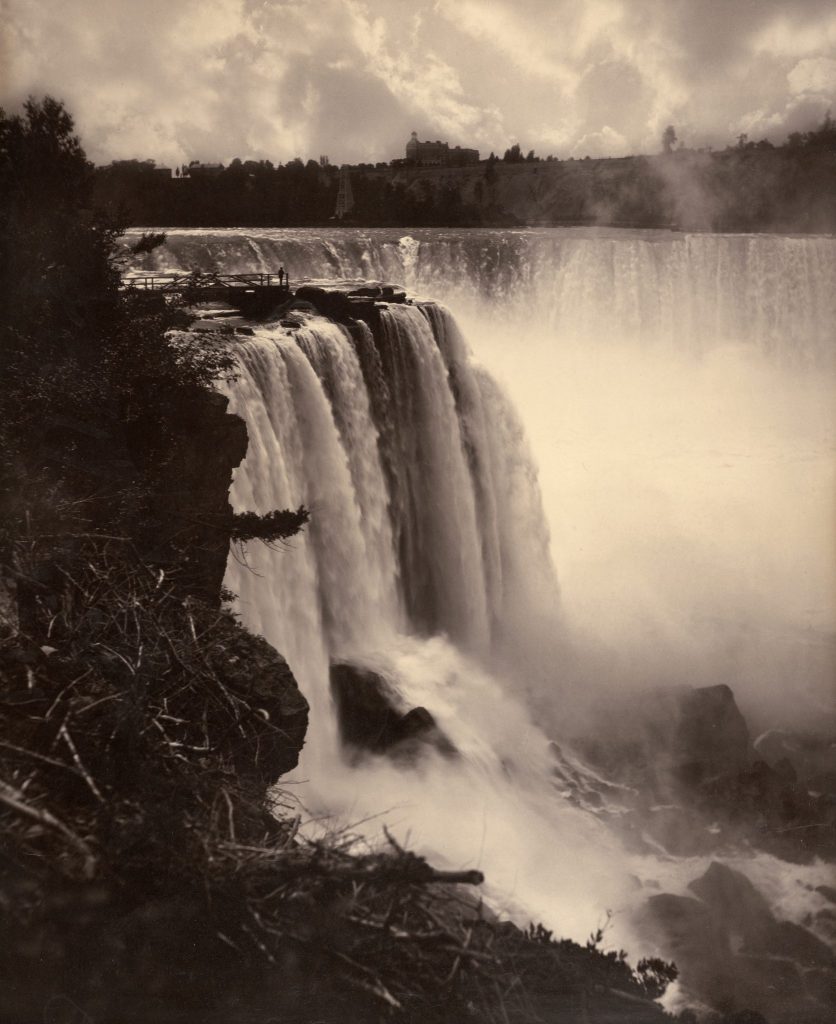
Organized by the National Gallery of Art, Washington, in association with NOMA, this landmark exhibition is the first to explore a vivid chapter of America’s photographic history—the origins of landscape photography in the United States.
When photography arrived in the United States, it landed first in the east, establishing itself in major cities there and then spreading out towards the Mississippi River, before it became an accomplice in the exploration of the American West. This project is the first to articulate a complete history of landscape photography in the nineteenth-century American East, bringing together some of the rarest and most extraordinary photographs, from the earliest known daguerreotypes made in the United States to masterful paper prints made at the close of the nineteenth century. Due to the rarity and fragility of these works, this is the first and perhaps only time that many of these objects will be publicly exhibited, offering visitors the rare opportunity to engage directly with objects from the origins of photography in this country. The exhibition reveals that eastern American landscape photographers were engaged with national preoccupations in important ways; they helped shape evolving mythologies of the American wilderness, revealed the impact of the Civil War on the physical landscape, and played an important role in industrialization and environmental preservation.
Curated by Diane Waggoner, Curator of Nineteenth-Century Photographs, National Gallery of Art, Washington, and organized for NOMA by Russell Lord, Freeman Family Curator of Photographs, East of the Mississippi brings together some 175 works—daguerreotypes, salt prints, albumen prints, stereographic images, and paintings—ranging from 1839, the year that photography was introduced to the world, to 1899. It is presented in six sections, expressing a diverse set of aesthetic, moral, topographic, and instrumental concerns.
East of the Mississippi is organized by the National Gallery of Art, in association with the New Orleans Museum of Art. The New Orleans presentation is supported by the Freeman Family Curatorial Fund, the A. Charlotte Mann and Joshua Mann Pailet Endowment Fund, the Azby Museum Fund, The Helis Foundation, L. Kyle Roberts, and Tim L. Fields, Esq. Additional support is provided by Delta Air Lines.

Niagara Falls
1886
George Barker
Albumen print
21 1/4 x 17 3/8 inches
The Nelson-Atkins Museum of Art, Kansas City, Missouri, Gift of Hallmark Cards, Inc.
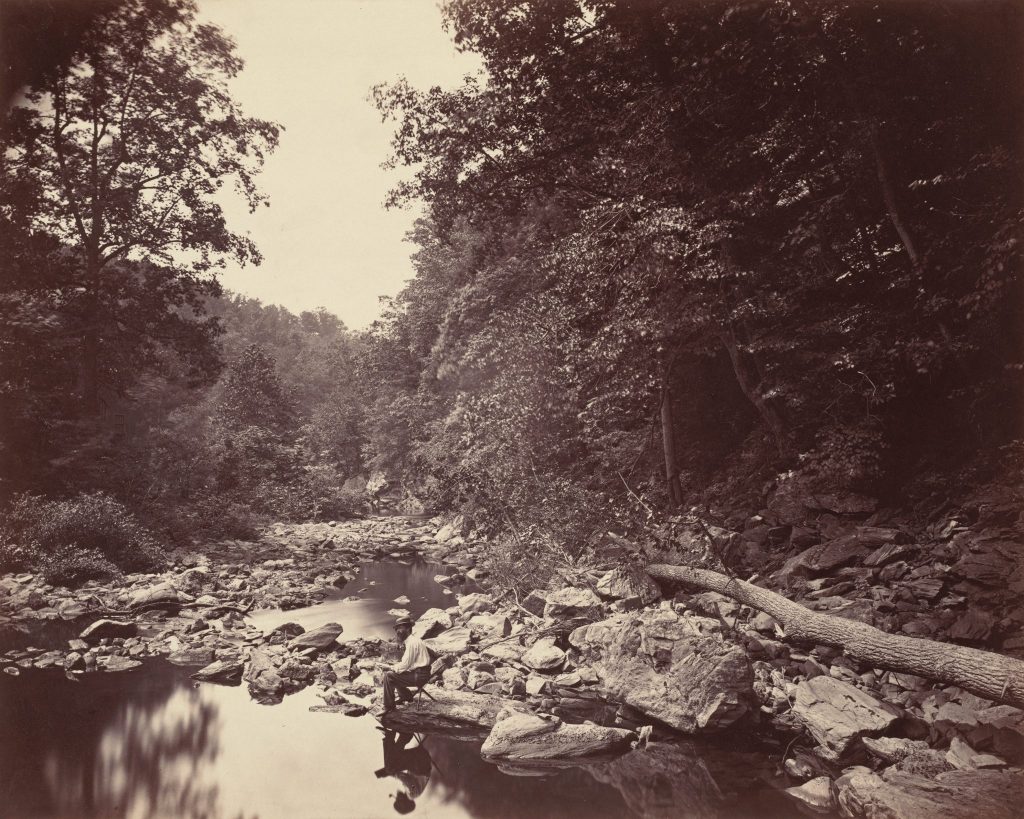
The Wissahickon Creek near Philadelphia
c. 1863
John Moran
Albumen print
10 3/8 x 13 inches
National Gallery of Art, Washington, Horace W. Goldsmith Foundation through Robert and Joyce Menschel
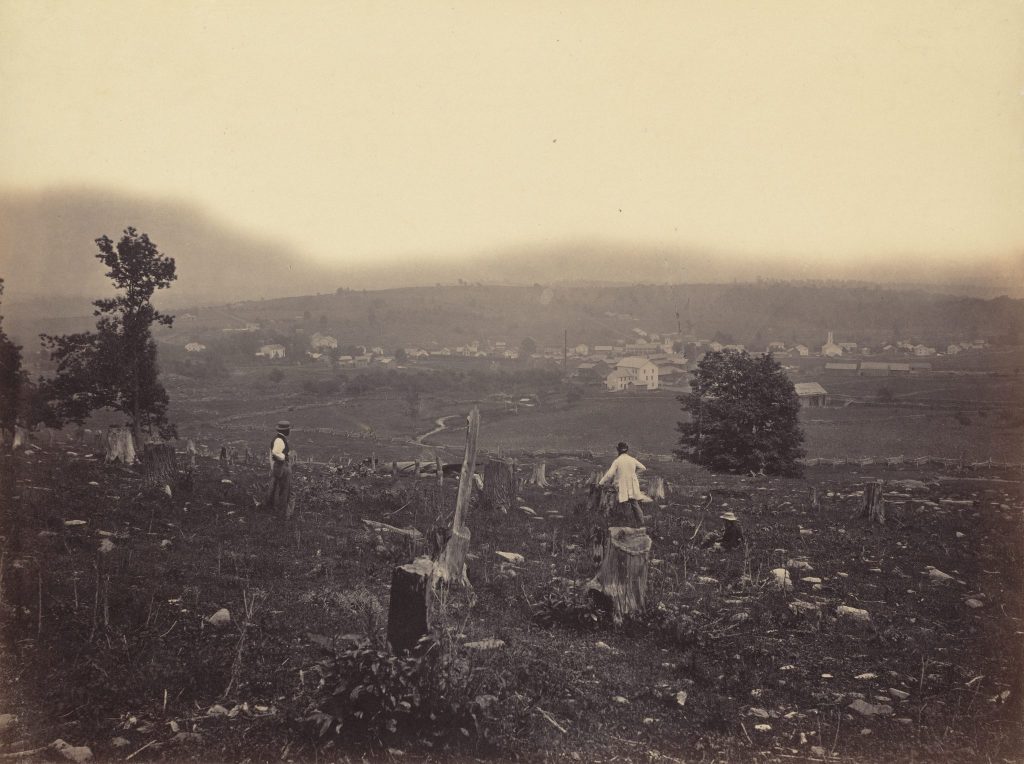
Waymart
c. 1863–1865
Thomas H. Johnson
Albumen print
12 1/16 x 16 1/8 inches
National Gallery of Art, Washington, Alfred H. Moses and Ferm M. Shrad Fund
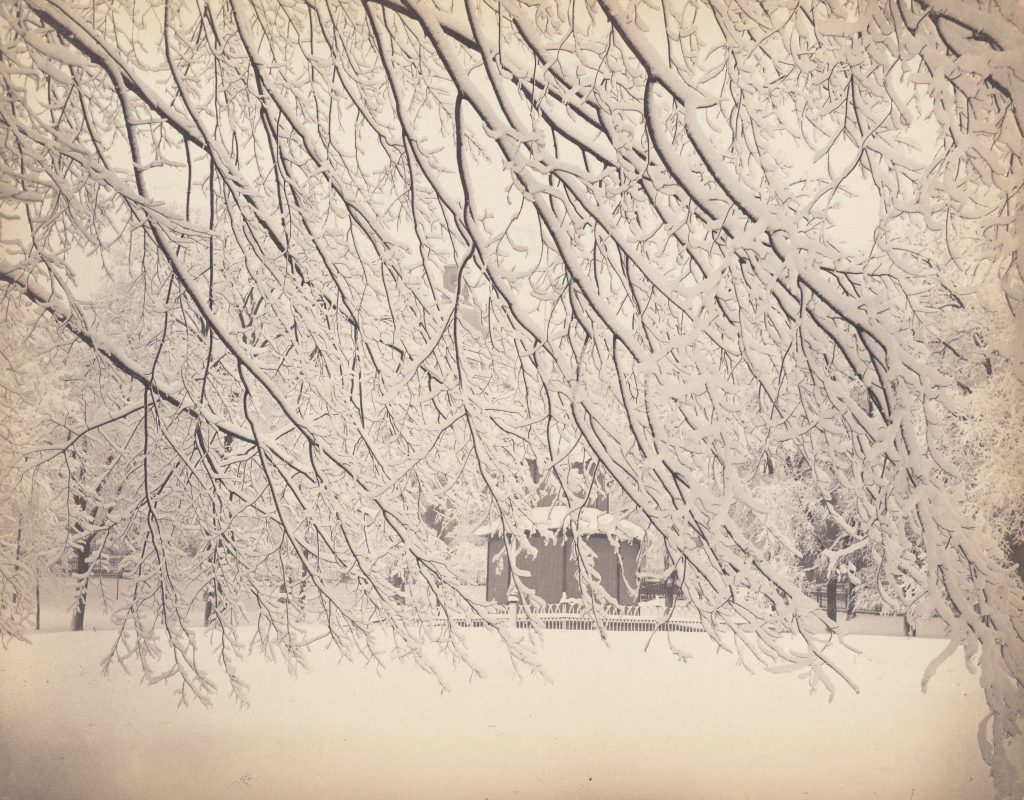
Winter on the Common
1850s
Josiah Johnston Hawes
Salted paper print
7 3/4 x 9 5/16 inches
Collection of William L. Schaeffer
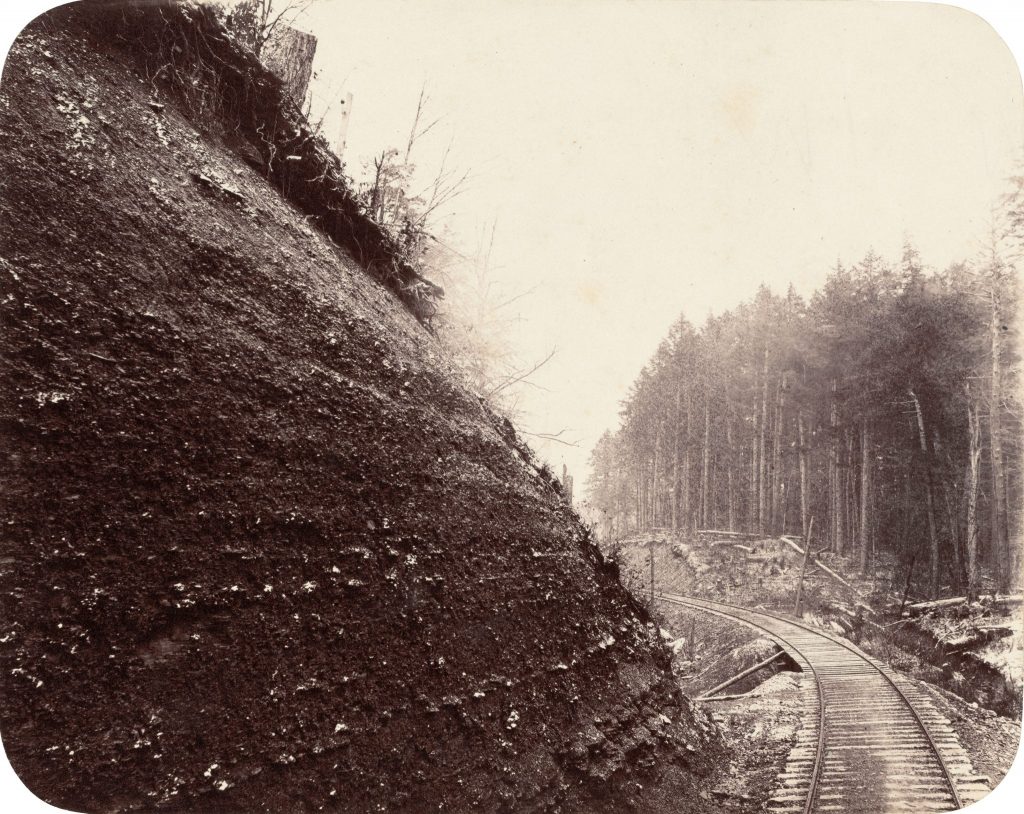
Atlantic & Great Western Railway
1862
James F. Ryder
Albumen print
7 3/8 x 9 3/4 inches
National Gallery of Art, Washington, Gift of Mary and Dan Solomon and Patrons' Permanent Fund
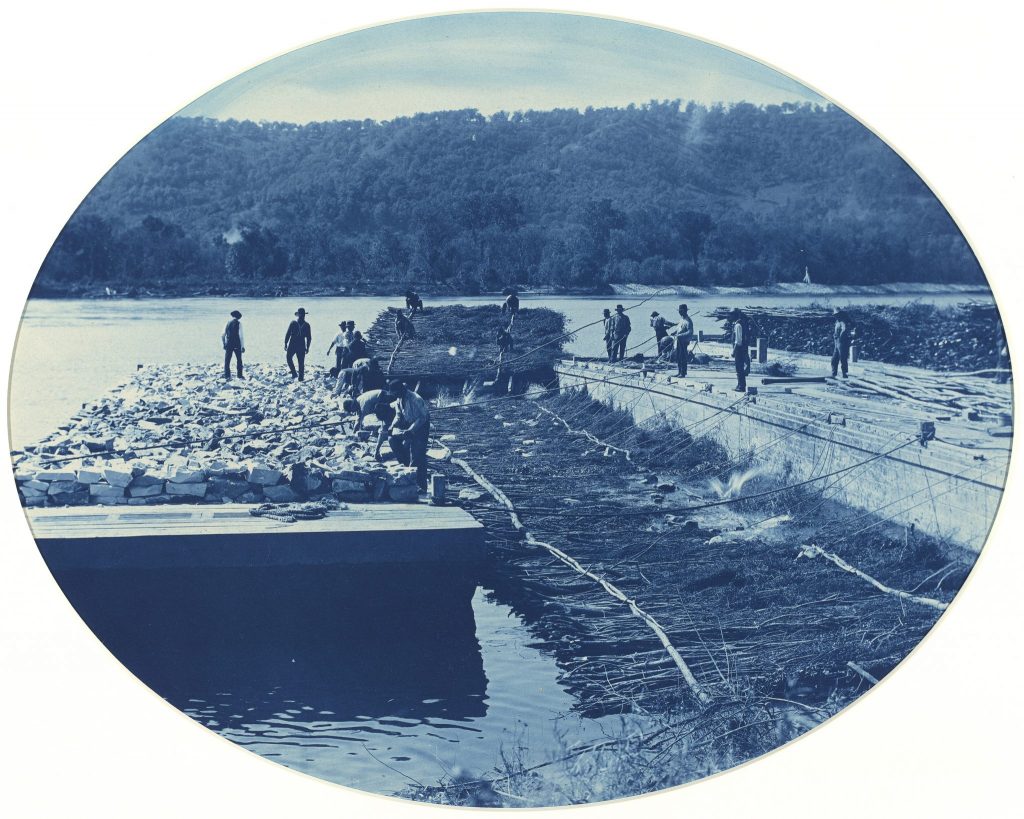
Construction of Rock and Brush Dam, L.W.
1891
Henry Peter Bosse
Cyanotype
10 7/16 x 13 1/8 inches
National Gallery of Art, Washington, Gift of Mary and Dan Solomon
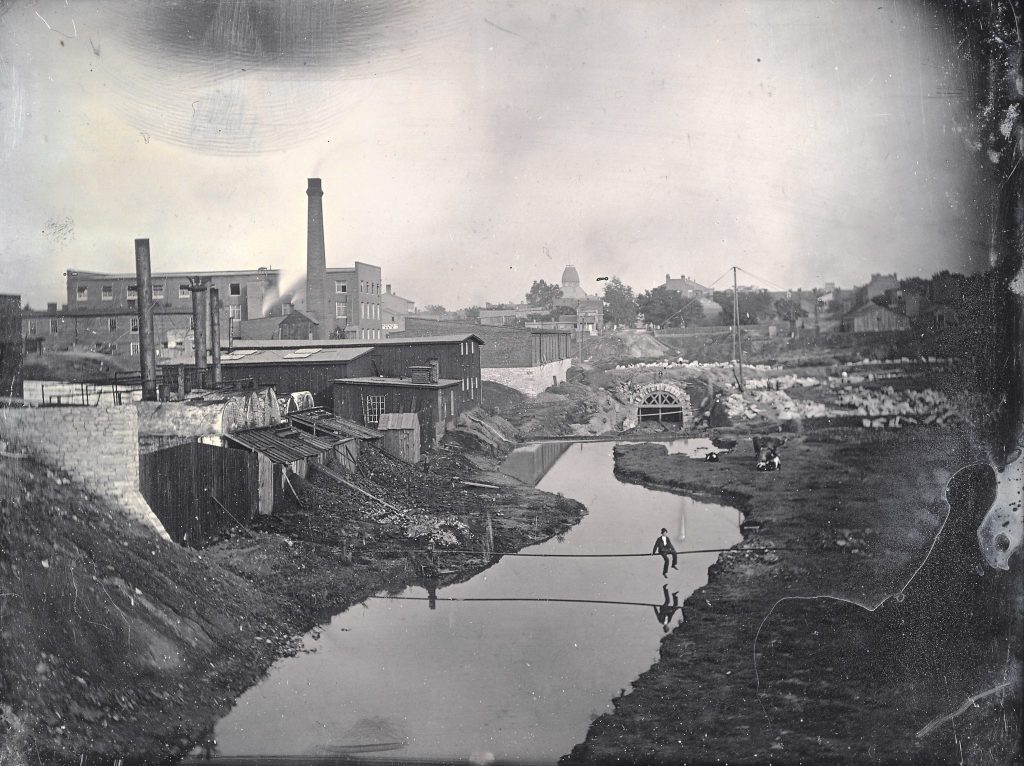
Chouteau’s Mill Creek, East from Thirteenth and Gratiot, Showing Construction of Mill Creek Sewer
1868
Thomas M. Easterly
Daguerreotype
3 3/4 x 5 in.
Missouri Historical Society, St. Louis, Thomas Easterly Daguerreotype Collection
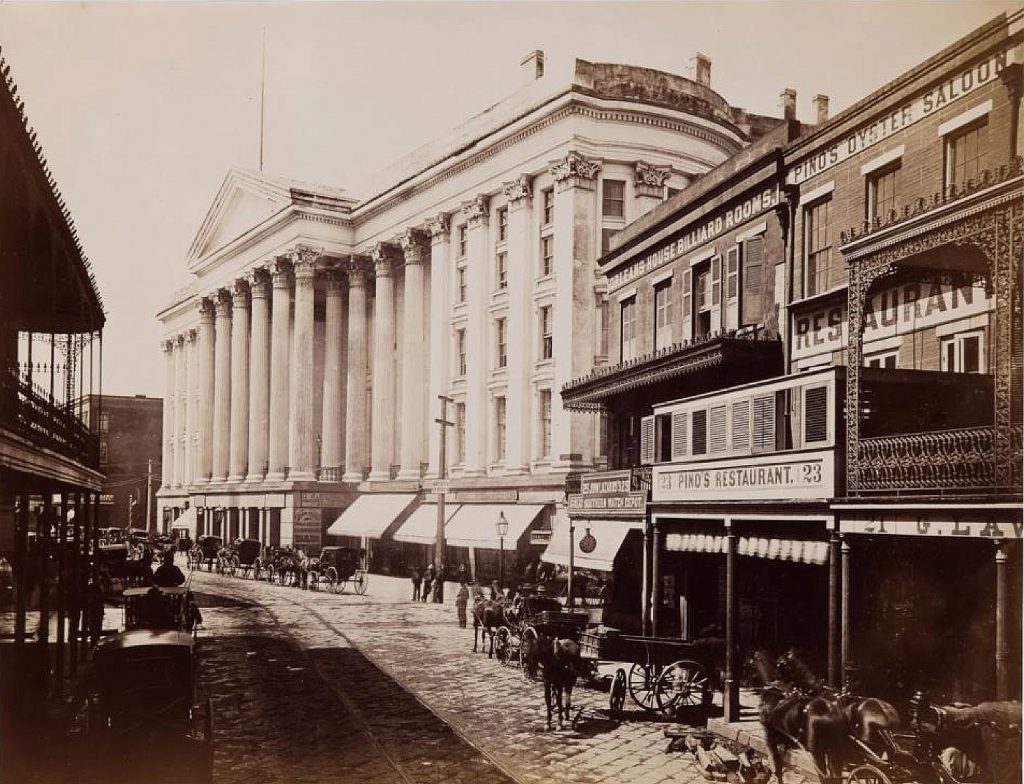
St. Charles Hotel
1867
Theodore Lilienthal
Albumen print
10 3/4 x 13 13/16 in.
Museum purchase
Partners
East of the Mississippi: Nineteenth-Century American Landscape Photography is organized by the National Gallery of Art, Washington, in association with the New Orleans Museum of Art.